Tibetan noodles, known locally as Thukpa or Thenthuk, are a staple of Tibetan cuisine, embodying the rugged simplicity and hearty sustenance required to thrive in the high-altitude Himalayan regions. These noodles are not merely a dish but a symbol of resilience, nourishment, and cultural identity. To understand what Tibetan noodles are made of is to delve into a world where ingredients are chosen for their ability to withstand harsh climates, provide sustained energy, and reflect the region’s agricultural realities. This article explores the composition of Tibetan noodles, their historical context, and their enduring significance in Tibetan life.
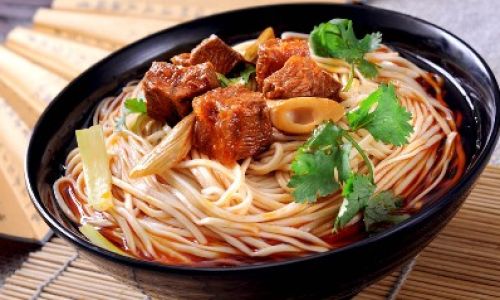
The Foundational Ingredients: Flour, Water, and Alkaline Agents
At the core of Tibetan noodles lies a blend of simplicity and practicality. The primary ingredient is flour, traditionally sourced from barley or wheat, depending on the region and availability. Barley flour, known as tsampa, holds a revered place in Tibetan diets, often consumed as a porridge or mixed with tea. However, for noodles, wheat flour is more commonly used due to its elasticity and ability to form a cohesive dough. In some areas, a mixture of barley and wheat flour is employed to balance texture and flavor.
The second critical component is water. In Tibet’s high-altitude environment, water boils at lower temperatures, affecting cooking times and dough consistency. To compensate, Tibetan cooks often use salted water or incorporate alkaline agents like baking soda (sodium bicarbonate) or kan shui (potassium carbonate, derived from plant ashes). These agents raise the pH level of the dough, enhancing its elasticity, imparting a subtle yellow hue, and contributing to a chewier texture. The alkaline quality also aids in preserving the noodles, a practical advantage in regions lacking refrigeration.
The Dough: A Dance of Kneading and Resting
The process of making Tibetan noodles begins with combining flour and water in a large basin. The ratio of flour to water is precise—too much water renders the dough sticky, while too little results in a crumbly, unworkable mixture. Skilled cooks rely on touch, gradually adding water until the dough achieves a smooth, springy consistency. This dough is then kneaded vigorously for several minutes, a step that develops gluten, the protein network responsible for the noodles’ characteristic bite.
After kneading, the dough is often wrapped in a cloth or covered with a damp towel to rest. This resting period allows the gluten to relax, making the dough easier to roll and shape. In some traditional recipes, a small amount of yak butter or vegetable oil is rubbed onto the dough’s surface to prevent drying and add richness.
Shaping the Noodles: Hand-Pulled Artistry
Tibetan noodles are typically shaped by hand, a technique that speaks to the resourcefulness of Tibetan cooks. The dough is rolled into thick ropes or flattened into sheets, then torn or cut into irregular strips. This rustic approach contrasts with the precision of machine-made noodles, giving Tibetan noodles their signature uneven texture, which captures broth and sauces effectively.
A notable variation is Thenthuk, a type of hand-pulled noodle soup where the dough is stretched and flattened into a thin sheet before being torn into bite-sized pieces. The act of tearing, rather than cutting, creates jagged edges that cling to the broth, enhancing each spoonful’s flavor.
Broth and Seasonings: The Soul of the Dish
While the noodles themselves are modest, the broth elevates Tibetan noodle dishes into a satisfying meal. Broths are typically made by simmering yak or beef bones, onions, garlic, and ginger for hours, resulting in a rich, aromatic base. Dried herbs like Sichuan pepper, turmeric, and cumin are added for warmth and depth, while tomatoes or dried chili flakes provide a hint of acidity and heat.
In vegetarian versions, mushrooms, carrots, and spinach are common additions, reflecting Tibet’s Buddhist influence and the occasional scarcity of meat. A splash of Tibetan butter tea or fermented cheese may also be stirred into the broth, imparting a creamy, salty tang.
Regional Variations: Adaptation to Environment
Tibet’s diverse geography has given rise to regional variations in noodle recipes. In Lhasa, the capital, noodles are often served in a clear, aromatic broth with thin slices of yak meat and fresh herbs. In Nyingchi, a region with subtropical influences, noodles might be tossed with stir-fried vegetables and a drizzle of chili oil.
In Amdo, a northeastern Tibetan area, Thukpa is thickened with barley flour, creating a stew-like consistency ideal for cold winters. Meanwhile, in Kham, a region known for its nomadic communities, noodles are sometimes dried and stored for long journeys, rehydrated in boiling water and served with dried meat and butter.
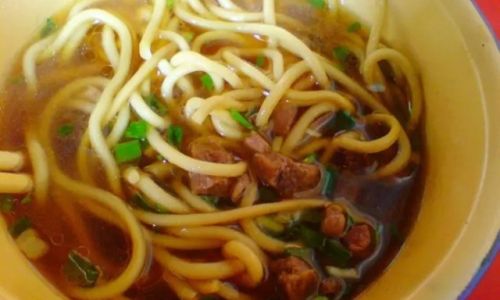
Cultural Significance: Noodles as Nourishment and Hospitality
Tibetan noodles are more than sustenance; they are a cornerstone of social gatherings and rituals. In monasteries, noodles are offered to monks as a sign of respect and devotion. During Losar, the Tibetan New Year, families prepare elaborate noodle dishes symbolizing longevity and prosperity. The act of sharing noodles strengthens bonds, with hosts often serving guests the choicest pieces of meat or the softest noodles as a mark of honor.
For nomadic herders, noodles are a portable, non-perishable food source, cooked over portable stoves and paired with dried cheese or butter. This adaptability underscores the noodle’s role as a survival food, equally at home in a monastery kitchen or a yak-hair tent.
Modern Adaptations: Blending Tradition and Innovation
In recent decades, Tibetan noodles have evolved to accommodate changing lifestyles and global influences. Urban Tibetan restaurants now offer fusion dishes, such as Thukpa with spicy Sichuan-style sauce or Thenthuk tossed with Korean gochujang. Health-conscious cooks experiment with whole wheat flour, spinach puree, or gluten-free alternatives like chickpea flour, catering to dietary trends while preserving the dish’s essence.
However, purists argue that such modifications dilute the noodle’s cultural authenticity. For many Tibetans in exile, a bowl of traditional Thukpa serves as a tangible link to their homeland, its flavors evoking memories of mountain passes, monasteries, and family hearths.
Nutritional Profile: Fuel for High Altitudes
Tibetan noodles are designed to meet the nutritional demands of life at 12,000 feet and above. The complex carbohydrates from barley or wheat provide slow-burning energy, while yak meat or butter offers essential fats and protein. The alkaline agents in the dough aid digestion and neutralize the acidity induced by high-altitude living.
Modern nutritional analyses confirm that Tibetan noodles are a balanced meal, rich in B vitamins, iron, and fiber. Their high caloric content aligns with the need to sustain physical labor in oxygen-thin environments, making them a microcosm of Himalayan dietary wisdom.
Conclusion: The Enduring Legacy of Tibetan Noodles
Tibetan noodles are a testament to human ingenuity, transforming humble ingredients into a culinary masterpiece that nourishes body and soul. From the hand-pulled textures of Thenthuk to the fragrant broths of Thukpa, each bowl tells a story of adaptation, resilience, and community.
As Tibet’s culture navigates the currents of globalization, its noodles remain a steadfast symbol of identity—a reminder that even in the face of change, some traditions are worth preserving, one chewy, alkaline-laced strand at a time. Whether served in a Lhasa teahouse or a Himalayan village kitchen, Tibetan noodles continue to bridge past and present, offering a taste of the roof of the world to all who partake.
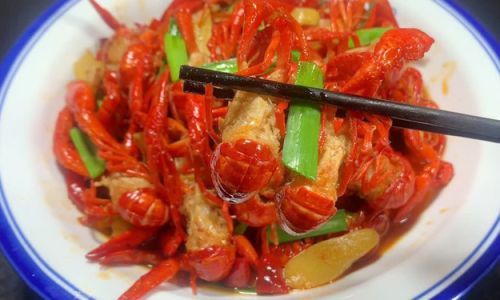
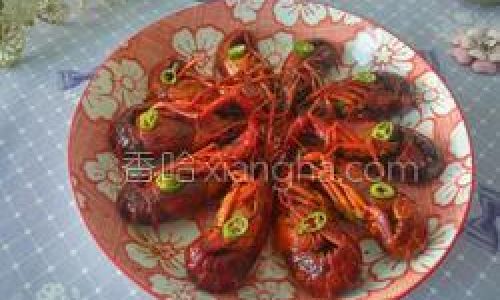



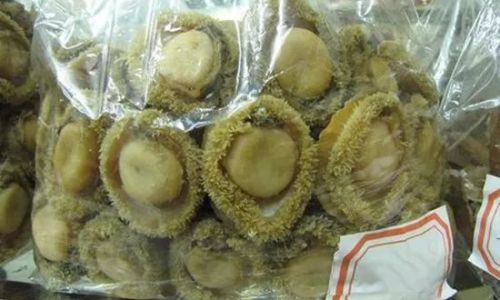
0 comments